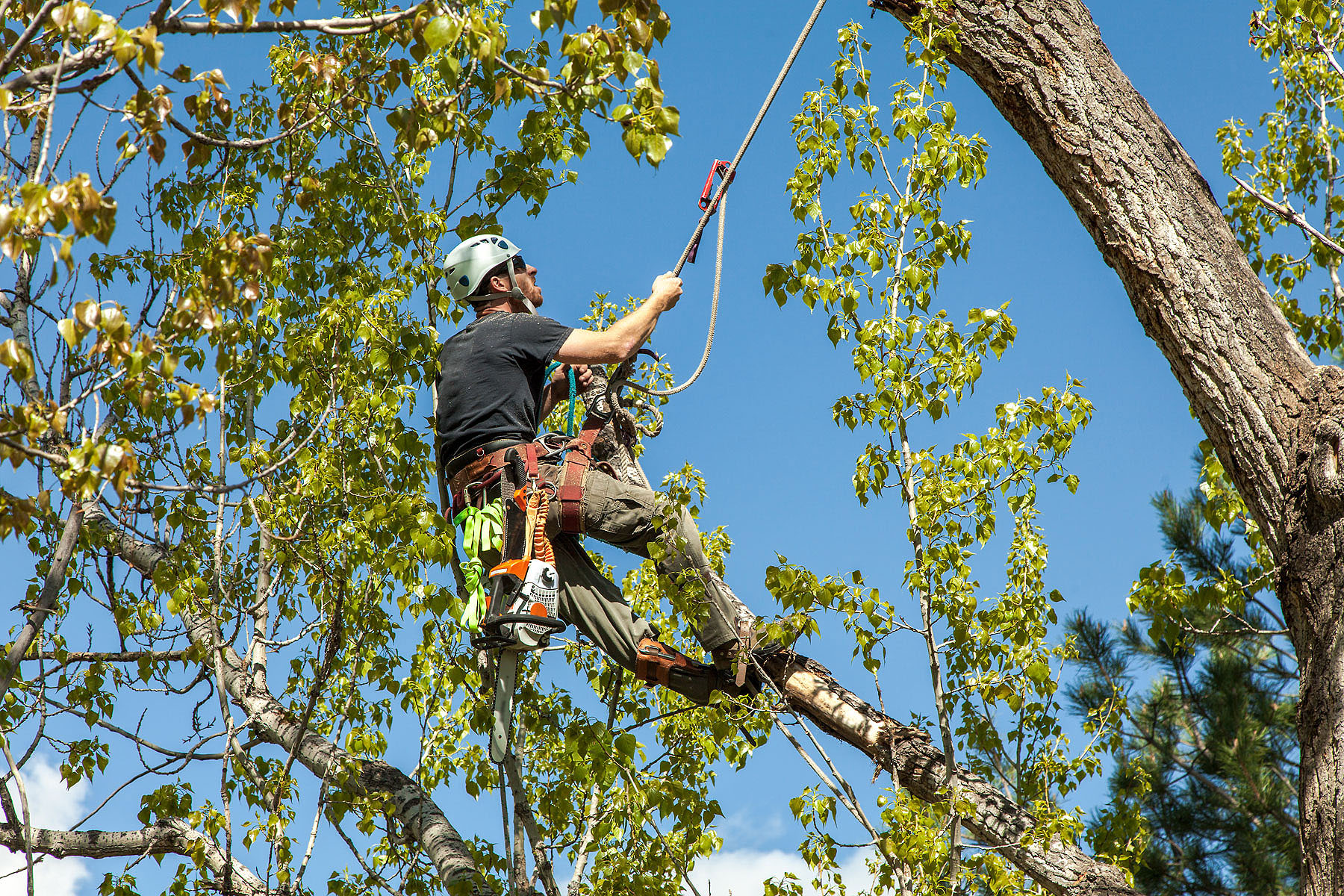Woodland plants are not just a gorgeous addition to our environments; they play a vital role in our environmental system and the overall condition of our surroundings. Yet, maintaining arboreal health requires expertise, attention to detail, and a comprehensive understanding of plant science and ecosystem dynamics, which is where certified arborists come into play. These skilled professionals possess the knowledge and resources necessary to assess tree issues, provide appropriate care, and ensure the protection of both trees and the individuals who work with them.
In today's piece, we will delve into the world of arborists and explore their critical role in tree care. From understanding the value of hiring a certified arborist to recognizing the symptoms that a tree may need professional attention, we will cover a varied range of topics that highlight the principles, techniques, and practices that keep our trees robust and thriving. Whether you are a homeowner looking to upgrade your property or simply inquiring about tree care, advice from qualified arborists can help you navigate the details of tree maintenance and support sustainable growth in our localities.
The Importance of Licensed Arborists
Recruiting a certified arborist is essential for guaranteeing the well-being and strength of your trees. Certified arborists hold in-depth knowledge of tree biology, disease management, and suitable care techniques. Their education prepares them with the capabilities needed to effectively assess tree health, diagnose diseases, and recommend appropriate treatments. This specialization is particularly vital in urban environments where trees face multiple challenges, such as pollution, heavily compacted soil, and limited growing space.
In addition, certified arborists remain current on the current industry standards and practices. They understand the significance of using the right tools and techniques for tasks like trimming, cabling, and tree removal. By hiring a professional, you merely get access to this specialized skill but also guarantee that your trees are taken care of in a way that minimizes risks and enhances their complete visual and ecological advantages. The effect a licensed arborist can make is usually evident in the health of your trees.

In conclusion, working with a certified arborist can save you time and money in the long run. Their accurate assessments can avoid costly mistakes that often occur from DIY attempts or using unqualified individuals. With their focus on tree health, they can detect potential problems before they grow, allowing for prompt interventions. Ultimately, selecting a qualified arborist is an investment in the sustainability and aesthetics of your landscape.
Essential Tree Maintenance Methods
Preserving tree health requires a preventive approach that includes regular inspections and swift interventions. Certified arborists recommend an annual assessment to identify potential issues early, such as illness or pest infestations. By understanding the signs of tree stress, such as discolored leaves or unusual growth patterns, arborists can provide focused treatments that ensure trees stay robust and thriving throughout the seasons.
Pruning is another important practice in tree care, as it not only improves the tree's aesthetic appeal but also supports its overall health. Arborists highlight the importance of timing and technique when trimming. Correct pruning methods can help to eliminate dead or diseased branches, facilitating for better air circulation and sunlight penetration. Understanding when to prune is essential; for many trees, the end of winter or early spring is ideal before new growth begins.
Furthermore, soil health is vital for tree vitality. Arborists often advise on proper mulching techniques, which can help preserve moisture, suppress weeds, and control soil temperature. They grasp the intricacies of tree root systems and recommend practices that lessen soil compaction and support healthy root development. By adopting these essential care practices, property owners can nurture strong and resilient trees that contribute the environment and increase property value.
Tree Health and Management Techniques
Sustaining tree health involves understanding the specific needs and conditions that affect trees in both urban and countryside environments. One of the primary strategies is regular monitoring of tree health through inspections by certified arborists. These experts assess multiple factors such as soil quality, leaf health, and overall structure to identify any emerging issues. By actively addressing Go to the website like nutrient deficiencies or pest infestations, arborists can help sustain the vitality of trees and enhance their longevity.
Cutting back is another crucial management strategy employed by arborists to encourage healthy growth. It involves removing dead or diseased branches and thinning out crowded areas to improve light penetration and air circulation. Understanding the proper timing and techniques for pruning is essential, as each tree species has varied requirements. Professional arborists apply their expertise of tree biology to ensure pruning enhances the tree's health rather than causing harm, ultimately fostering a robust and well-formed canopy.
Additionally, arborists emphasize the significance of proper tree planting and mulching techniques. These practices not only enhance the visual value of landscapes but also contribute significantly to the health and stability of trees. Arborists advise on choosing appropriate tree species for specific environments, ensuring that young trees receive adequate care as they establish. Integrating these management strategies creates a long-lasting approach to tree care, encouraging resilience against disease, pests, and environmental stressors.
